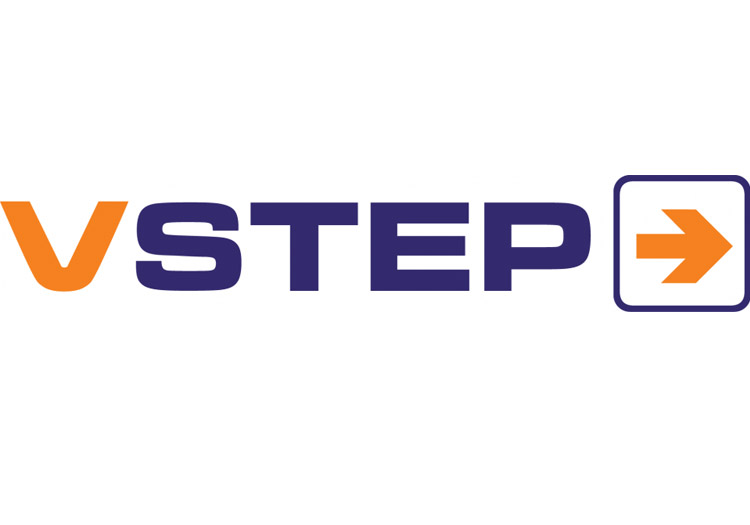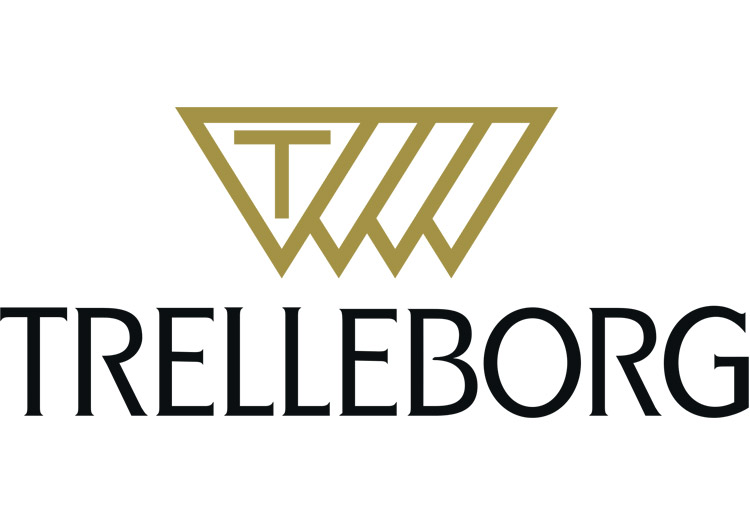
Research & Development
At CIEMF research investigation can be done. Among others, we can achive: port and maritime terminal design, new ships operation in channels and terminals, complex nautic maneuver analysis, and many more. See moreAudit & Expertise
Simulation-based condition verification in which an accident may have ocurred is a fact. With this technology, it is possible to check the possible accident causes and make the relevant conclusions. See moreIncrease nautic security by training your staff
Why using a simulator?

Basically, because: It allows the saving of a lot of money! A design on a paper can be, in theory, very good, but it requires to be proved practically. In theory it would be enough to use a ruler and a compass, to make a graph that represents the shape of the docks and cutting out in paper the figure of the ships, a 323 meter long vessel “enters” in a site of 360 meters. But this solution, that mathematically looks, at first view, to be correct, isn’t valid in the case of the science-art like the nautical activity. There’s a combination of many factors, where arithmetic is only one of them. Factors such as: the wind that can be gusty and/or come from random directions, the current, the distribution of containers on the decks, which would make all ships react in a different way with the same wind conditions; tugs that must maneuver in restricted waters due to the wharfs and/or because they must work in shallow waters and finally there is the human factor.
What is a simulation usefull for?
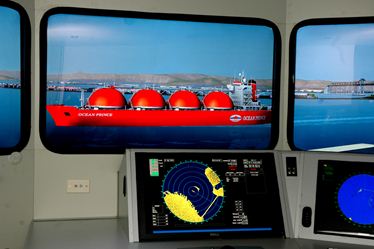
It allows to, virtually, show out a present situation or one that is desired for the future, of SHIPS operating in a SCENARIO, both previously determined. This can be done with the maximum degree of realism, so as to perform a detailed empirical analysis of its behavior, especially under situations that are on the limit. Thereby founded conclusions about the technical and operational aspects of a project can be extracted. This would never be able to be observed in reality due to enormous risks and costs involved in its doings.
International Certifications
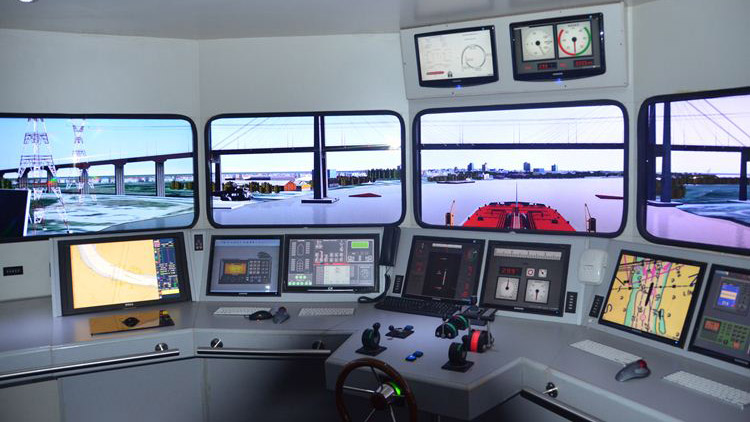
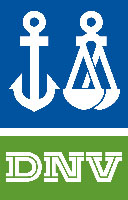
NAUTIS simulator software has been certified by DET NORSKE VERITAS from Norway as “Integrated Simulator System, Tug, HSC”, “Full Mission” Class “A”, according to DNV certifications standars for maritime simulators (Nº 2.14, January 2011).
Download certificateTrust CIEMF
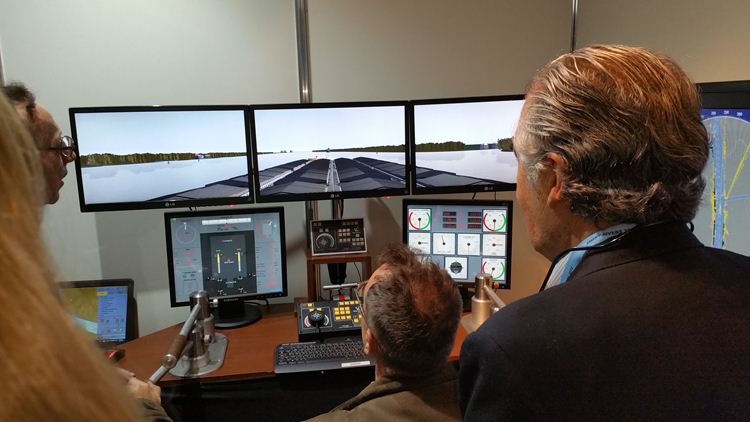
More than one hundred teached courses and more than a thousand graduates from our classrooms by Capitains from our company ensure you the best teaching quality. Get to know some of the companies that trusted CIEMF in teaching their own Capitans and Officers, thus increasing nautic security in their ships.
Our ClientsA true laboratory: generator of new projects
Simulator’s capabilities
- Design new ports and terminals.
- Verify new infrastructure. Assessment and supervision of studies and trials
- Improvement of access channels. Design; breadth; depths
- Optimize operations in port terminals. Hydro-meteorological restrictions; handling of new ships; signalization; etc
- Verify the practice of new nautical maneuvers. Use of tug boats
- Analyze the placement of navigational aids
- Maritime safety studies. Risks’ empirical evaluation; analysis of possible accidents; definition of emergency proceedings
- Operation of push boats or towboats and barges (on a river)
- Training of personnel for masters, deck officers and pilots, in the courses ruled by IMO, or made to measure for each applicant according to its necessities. The same for private people to exercise recreational activities.
- Practical use of all the latest electronic navigation systems
- Improvement of ship’s safety and productivity




